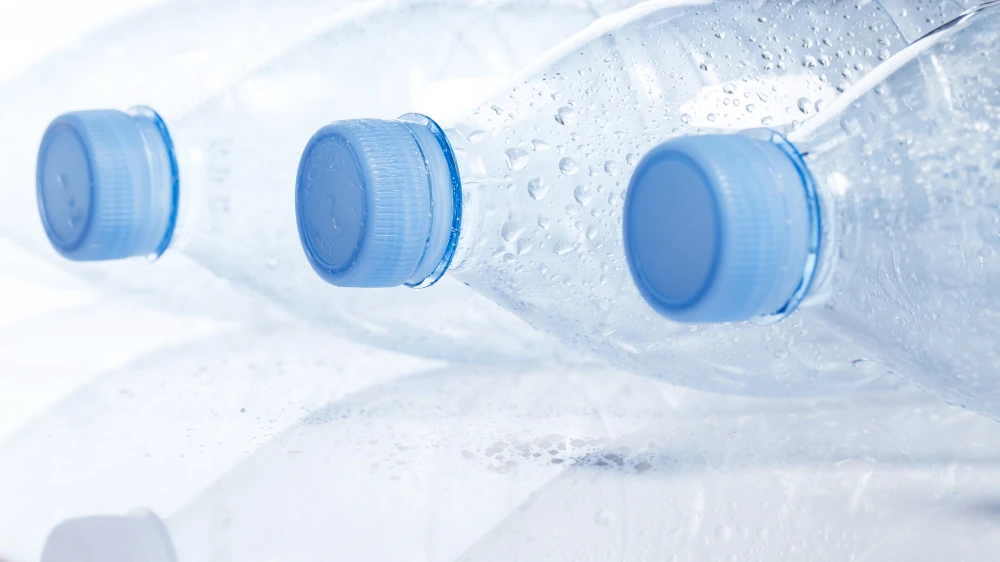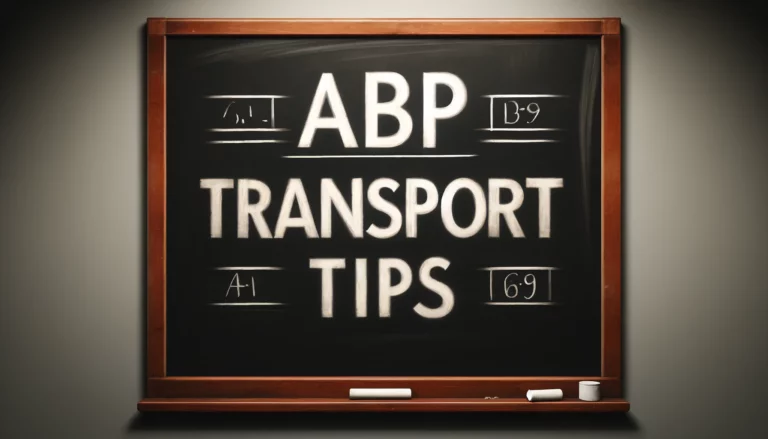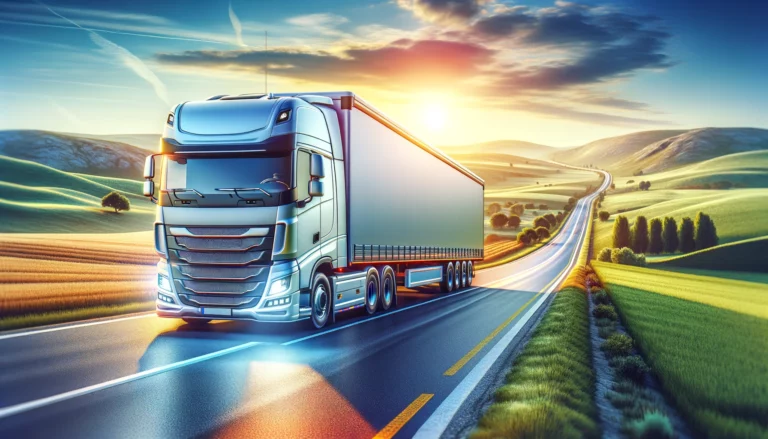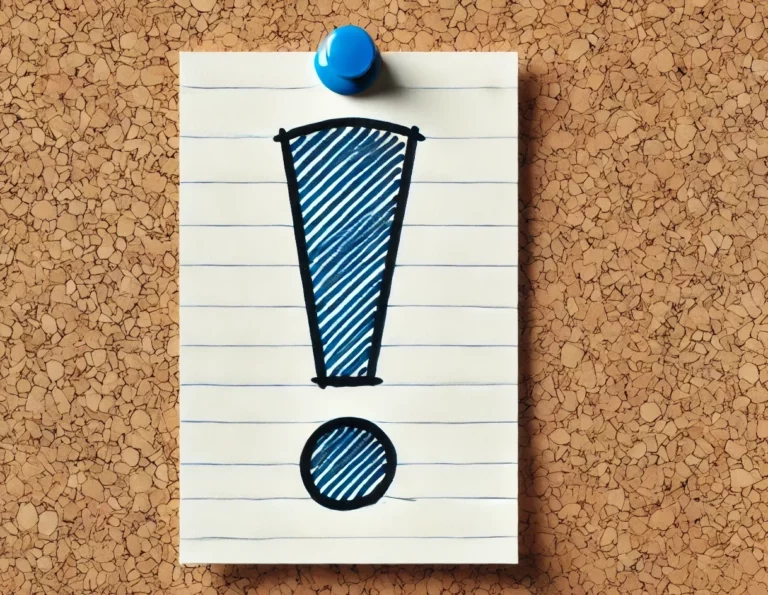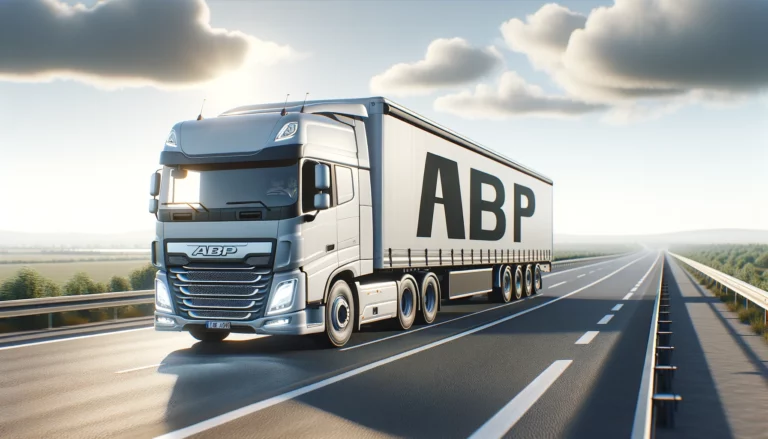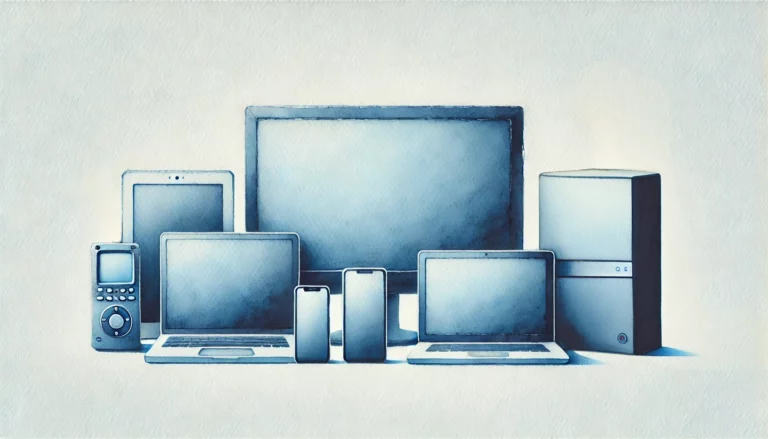DRS systems in Baltic States – key figures
Waste management in Lithuania, Latvia and Estonia is an interesting subject on its own. But if we delve deeper, a plethora of even more interesting subjects is revealed. One of them is DRS system for beverage packaging. Similarly to Germany’s Pfand system, it focuses on small deposit for every plastic (or glass) bottle or aluminium can returned. What makes the DRS systems in Baltic States stand out and how do they impact the respective country’s waste management efforts?
Introduction to deposit return systems (DRS)
Deposit Return Systems (DRS) are a proven method for reducing litter, promoting recycling, and building a circular economy. These systems operate by charging a small deposit on beverage containers, refundable upon their return to designated collection points. Globally, DRS is hailed as a tool to address the growing waste crisis, particularly in tackling single-use plastic, aluminum, and glass waste.
Importance or DRS
- Reduces litter, decreases landfill waste, and supports resource conservation.
- Encourages job creation in recycling industries and reduces municipal waste management costs.
- Creates a tangible connection between consumers and waste management efforts.
In Europe, DRS is increasingly seen as essential, with the EU’s Single-Use Plastics Directive mandating a 90% separate collection rate for plastic bottles by 2029. Lithuania, Latvia, and Estonia have taken different paths to implement and refine their DRS models.
Plastic, metal and glass waste management in Lithuania
Lithuania’s DRS, launched in February 2016, has become a role model for neighboring countries. It focuses on bottles and cans made of plastic, metal, and glass, applying a deposit of €0.10 per container. The nonprofit organisation Užstato sistemos administratorius (USAD), established by Lithuanian beverage producers, importers and sellers, manages the system, integrating over 1,000 reverse vending machines and numerous manual collection points nationwide.
Key statistics:
- Return rates:
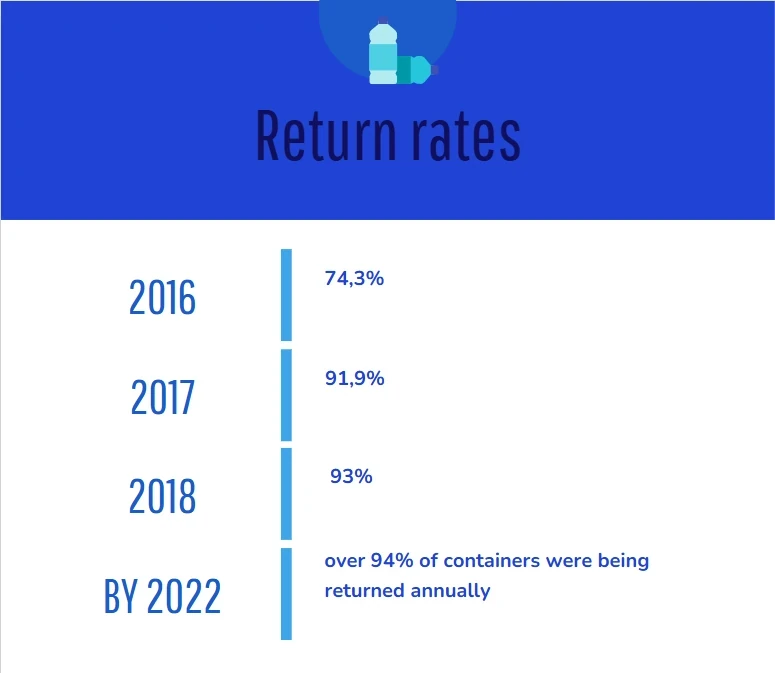
- Volume of material collected:
- 2022 figures show that over 600 million beverage containers (equivalent to around 30,000 tonnes) were returned, a figure that continues to rise annually. This year this number can exceed 5 billion units.
- Specifically, 18,000 tonnes of PET, 5,000 tonnes of aluminum, and 7,000 tonnes of glass are recycled yearly.
Environmental and economic impact:
- Beverage container waste in landfills dropped by more than 90%.
- CO₂ emissions were reduced by approximately 40,000 tonnes annually, equivalent to taking 20,000 cars off the road.
- The system supports over 200 jobs and provides recyclables to domestic and European industries.
Waste management in Latvia – promising start to DRS system
Latvia was the last of the Baltic states to adopt DRS, officially launching its program on February 1, 2022. But thanks to its commitment to environment protection and the engagement of local communities, the newly established deposit return system turned out to be a huge success. The system is being operated by Depozīta Iepakojuma Operators (DIO), an organisation that brings together both experienced Baltic-wide market leaders in the beverage production industry and local medium and small beverage producers. The system focuses on containers made of PET, aluminum, and glass with deposits set at €0.10.
Key milestones:
- Within six months, 101.5 million containers were returned out of 187.7 million placed on the market, achieving a return rate of 54%.
- By 2023, over 500 million containers had been returned, corresponding to 7,700 tonnes of PET bottles, 10,000 tonnes of glass containers and 2,140 tonnes of aluminum cans.
Challenges faced:
- Latvia struggled to deploy reverse vending machines and collection points rapidly, which initially hindered access.
- Raising awareness and encouraging participation required significant public education efforts.
Environmental gains:
- Reduced litter in urban areas by 30% within the first year.
- Contributed toward EU-mandated recycling goals.
Waste management in Estonia – pioneers in DRS system in Baltic States
Estonia was the first Baltic country to adopt a DRS, establishing its system in May 2005. Administered by Eesti Pandipakend, the program is one of the most mature and effective in Europe, covering plastic, glass, and metal containers.
Return rates and volumes:
- Estonia consistently achieves return rates above 87% for plastic, glass, and aluminum containers.
- In 2021, nearly 293 million containers were returned, equating to approximately 20,000 tonnes of glass, 12,000 tonnes of PET bottles and 3,000 tonnes of aluminum cans
System innovations:
- Estonia employs smart recycling technology, including digital tracking of returned containers.
- Its efficient logistics network minimizes transport-related emissions, further reducing the system’s overall environmental footprint.
Impact:
- Beverage container litter dropped by over 85% in urban and rural areas.
- Estonia leads the Baltic region in integrating circular economy practices into its DRS.
How it all began – the origin of DRS system in Europe
Germany’s Pfand system, based on a small deposit for every returned beverage package, is widely known, but it was not the first of its kind in Europe. Introduced in 2003, this DRS system improved upon the original system established in Sweden in 1984. The German DRS’ predecessor managed by Returpack, focused primarily on aluminium cans and upgraded to take back plastic bottles a decade later. Sweden’s pioneering efforts have laid the foundation for not only European but also the global adoption of DRS.
Waste management in Lithuania, Latvia and Estonia – the role of efficient waste transport
An effective Deposit Return System (DRS) depends not only on consumer participation and robust collection infrastructure but also on the efficient transport of collected waste. Managing beverage containers like PET bottles, aluminum cans, and glass in an environmentally safe way maximizes the ecological and economic benefits of recycling. When local processing capacity is limited, DRS systems and efficient waste transport must cooperate to ensure effective management.
Why efficient waste transport matters in DRS
- The environmental impact of a DRS goes beyond collection. Proper transport systems ensure that materials reach recycling facilities with minimal carbon emissions. For example, optimizing routes and using low-emission vehicles can significantly reduce the ecological footprint of waste transport
- In smaller countries like Latvia and Lithuania, recycling facilities might lack the capacity to handle the full volume of collected beverage containers. Transporting waste to nearby countries with advanced recycling infrastructure, such as Poland, ensures that the materials are processed effectively. Poland, with its robust recycling sector, has become a critical partner for several Baltic countries.
- Consolidating transport for bulk shipments reduces costs associated with recycling logistics. This is particularly important for lightweight, high-volume materials like PET plastic, which can be expensive to transport due to their bulk.
Key aspects of waste transport in DRS
- Cross-border cooperation:
Efficient waste management often requires collaboration beyond national borders. For example:- Latvia exports a significant portion of its collected PET bottles to Poland, where advanced facilities can reprocess the material into high-quality plastic granules for reuse.
- Lithuania has also relied on neighboring countries for processing certain waste streams while investing in domestic recycling capacity.
- Infrastructure for bulk transport:
Efficient waste transport necessitates infrastructure such as:- Compactors to reduce the volume of PET bottles and aluminum cans, optimizing truckloads.
- Storage facilities at collection points to consolidate materials before shipment.
- Specialized transport vehicles, such as those designed for glass or aluminum, to ensure safe handling and minimize material loss.
- Integrated systems:
Countries with well-coordinated DRS programs and logistics benefit from seamless transport networks. Reverse vending machines, for instance, can compact containers at collection points, streamlining the transition to recycling facilities.
Poland: a key recycling hub for Baltic States
Poland has emerged as a key partner for Baltic countries in managing beverage packaging waste. The country boasts a developed recycling industry, including facilities for processing PET bottles into recycled raw materials (such as rPET) and glass or aluminum into new products. This cross-border cooperation offers:
- High processing capacity: Poland processes thousands of tonnes of recyclable materials annually, providing a reliable outlet for neighboring countries.
- Circular economy opportunities: Baltic countries benefit from a circular supply chain, where waste exported to Poland turns into reusable materials. The country then re-imports them as recycled products.
The synergy between DRS and waste transport
The success of a DRS lies in its ability to close the loop between collection and recycling. Efficient waste transport plays a vital role in ensuring that this loop functions smoothly and sustainably, particularly when materials must cross borders. By prioritizing collaboration between DRS systems and logistics networks, countries can:
- Achieve higher recycling rates.
- Minimize their carbon footprint.
- Strengthen their contributions to the EU’s circular economy goals.
The partnership between the Baltic states and countries like Poland exemplifies how regional cooperation can bridge gaps in infrastructure and create an integrated waste management system. By continuing to invest in efficient transport and recycling, DRS programs in Lithuania, Latvia, and Estonia can lead the way in environmental stewardship.

